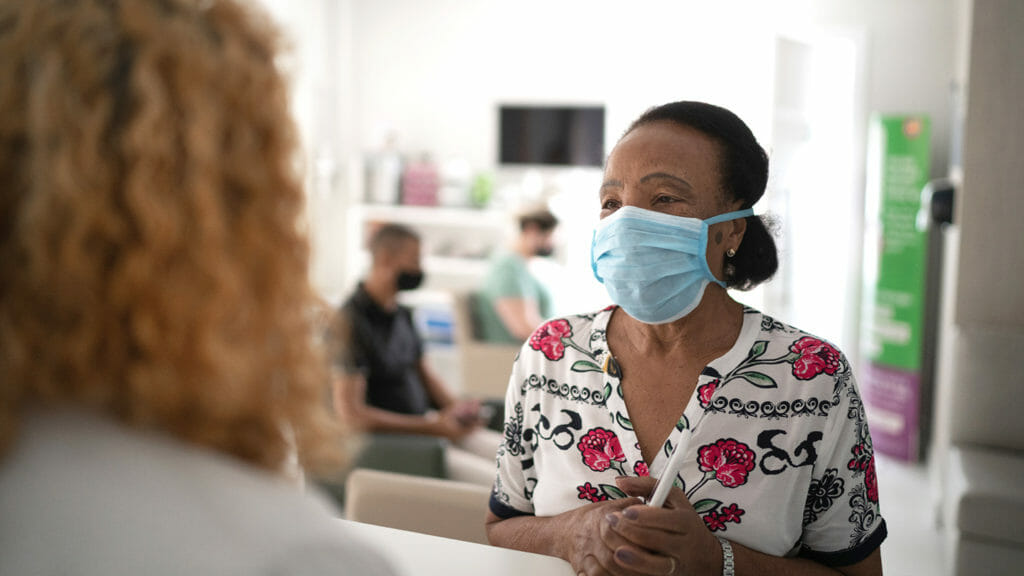
Public health experts recently shared several recommendations for employers as well as federal, state and local agencies to protect workers should another public health emergency occur.
“The lessons from the failure to protect workers during the COVID-19 pandemic can be helpful as the nation anticipates and prepares for the next public health emergency,” David Michaels, PhD, MPH, and Lillian Ryan from the Milken Institute School of Public Health at George Washington University, and Gregory R. Wagner, MD, from the Harvard T.H. Chan School of Public Health, wrote in an opinion piece in JAMA.
Their advice:
- Prevent potentially infectious people from entering the workplace. To help meet that goal, the authors said, federal law should require paid medical leave “to keep sick workers at home, avoiding disease spread to other workers as well as patients and customers.”
- Use engineering controls to improve ventilation, filtration and disinfection to reduce the presence of the airborne virus. Social distancing and personal protective equipment also are useful, they said, “after the other steps are applied but there is still residual risk.”
- Strengthen worker protection efforts. The Occupational Safety and Health Administration, the authors said, “must have resources to conduct more inspections and issue penalties with a greater deterrence value.”
- Be prepared to respond quickly to a national emergency. The authors recommend that OSHA issue a pandemic-preparedness standard that “requires employers to anticipate and prepare for emerging threats.”
- Improve workplace air quality now by upgrading existing ventilation systems or using stationary filtration devices to clean indoor air.
- Strengthen the overall workplace protection infrastructure beyond OSHA. State and local public health authorities must communicate, and the federal government should “stockpile respirators, develop a system to distribute them, and tell employers, workers, and the public when and how to use them.”
Read the opinion piece here.
Read more COVID-19-related articles here.

